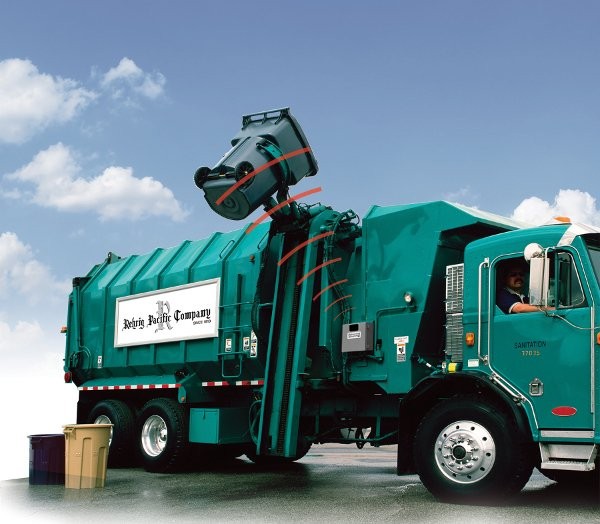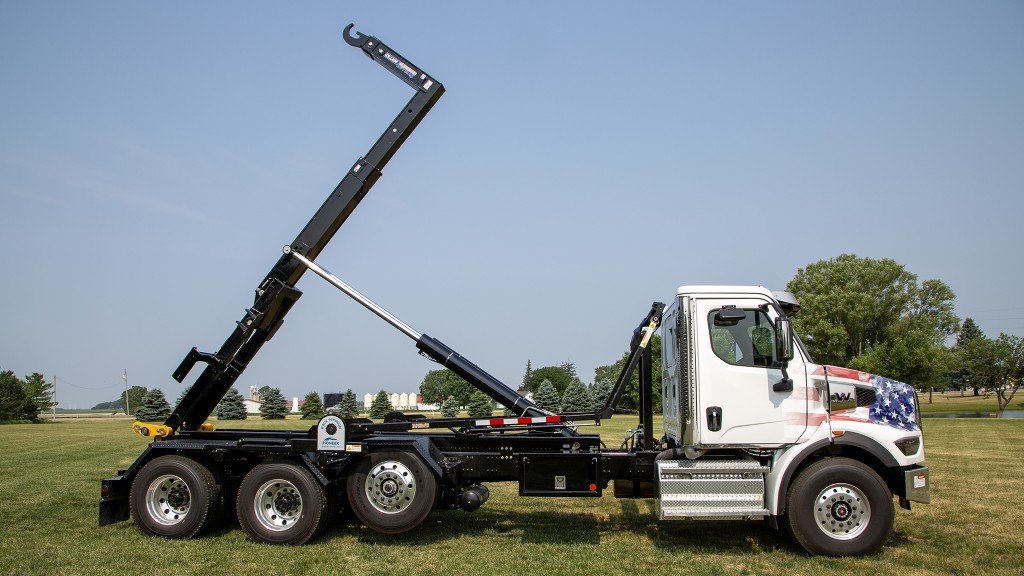Improving customer service and increasing revenue opportunity in the solid waste industry

Most modern municipalities who manage their waste and recyclables, or the companies who manage it for them, understand the opportunity to treat a significant portion of their waste stream as a valuable and profitable resource. Both economic and environmental factors are pushing the waste management industry to use better technology and solutions to improve customer service, reduce costs, increase revenues and improve sustainability.
Waste and recycling collection containers can play an important role in an overall solution to lower costs, increase revenues and improve sustainability. They are the contact point around which a successful waste management program revolves. A collection container needs to be durable and easy to repair for long-term success, because it can play a critical role in improving customer service and increasing customer participation. The container should be considered an asset that needs to be correctly managed in order to reduce operational costs, prevent capital loss and increase collection and material revenue streams.
The challenges
There are four challenges common to both municipalities and waste companies relating to container asset management. The first issue is a lack of service verification data. Consistently, customers call and claim they were not serviced. The reality is they may have forgotten to put their container out, or they want to be serviced twice. The second challenge is not receiving due revenue for services rendered. This includes the servicing of non-paying accounts or the over-servicing of paying accounts.
Over-servicing accounts includes service to customers who have two or more containers but who are only paying for one, or servicing accounts paying for a smaller container, when in actuality they are using a larger container. Account audit studies have shown that in most mature container collection programs, up to 10 percent of the accounts in a particular service area could be receiving services that they are not paying for.
Third, there is the challenge of ongoing container maintenance and inventory management. A mismanaged container maintenance program can result in customer service issues and increased operational costs. Poor visibility of container inventories - both in and out of service - can lead to an over-purchase of assets and/or result in service issues due to an inability to fulfill the container needs for new and existing customers.
Finally, there is the reality of misplaced containers and actual container loss, which translates into lost capital. Industry estimates state that more than two percent of a container fleet can become lost or stolen during each year of service. Consider this example: if 50,000 containers are used in a community and two percent are lost, this means that 1,000 containers are lost annually. Using an estimated replacement cost of $50 per container translates into an annual capital loss of $50,000.
The solution
The best solution to these challenges is to develop an asset management program which is based on the simple philosophy of value-added pro-active prevention, and which has the ability to provide information on where, when and how containers are being deployed, serviced, maintained and replaced.
Value-added prevention rests on implementing a solution which will deliver accurate service verification data, aid in generating the proper amount of revenue for services rendered, maintain containers in top condition and help to reduce or prevent containers from being lost or stolen. Additional factors to be considered in developing an asset management program include the cost of implementation, ongoing expenses of asset management and what should happen with the container, which is a valuable asset, at the end of its lifecycle.
There are many details to consider in implementing a successful and profitable asset management program. Therefore, municipalities, government entities and waste companies should consider container partners with a proven track record and the logistical ability to implement a comprehensive program. Partners should also have the flexibility to unite a customer’s current situation with adaptable solutions that are scalable.
A partner or partners should offer a comprehensive solution that includes a database for set-up and maintenance, the hardware and reporting software to be integrated, and the personnel to implement the project.
The first question to be answered is whether to seek one partner or multiple partners for the container and supporting asset services. The answer involves asking how much additional time and expense will using manifold partners bring to the implementation of an asset management program. Also to be considered is the commitment of a company or companies to work together to deliver a turn-key and sustainable solution.
Another question involves a partner’s ability to adapt. Each municipality, government entity or waste hauler has a unique set of problems and will find themselves at a different stage in developing an asset management solution. A partner therefore must be able to customize a solution for every circumstance which is scalable for future growth and capable of achieving each customer’s desired goal.
Implementing a comprehensive asset management program
The best, most cost efficient way to begin creating a successful asset management program is to gain an understanding of a customer’s current situation, immediate goals and long-term objectives. Whether a customer is switching from a manual collection program, or already has a mature automated collection program in place, using a consultative approach will find ways to increase participation rates, improve use of underutilized assets, increase material revenue and lower disposal costs. Beginning with an audit to determine what solutions will work best immediately and create a plan for long-term success is the best way to start.
Rehrig Pacific currently manages and operates multiple container maintenance/management programs throughout Canada and the U.S., servicing over two million carts. Programs can be implemented on site at a facility or off site.
The foundation for the solutions provided by Rehrig rely on the powerful and sophisticated Container Asset Recovery Tracking System (C.A.R.T.S.), a unique web-based asset and inventory management software solution that can be integrated with existing software, and customized to a municipality’s or waste company’s specific requirements. Recent upgrades to C.A.R.T.S. also allows for the ability to track lost and/or stolen containers in a particular service area in real time.
“With Rehrig’s C.A.R.T.S. technology, we are able to be more proactive rather than reactive with our customer service and it also allows us to better manage our assets and prevent the city from thousands of dollars in capital and service revenue loss each year,” said Jeffrey Wood, Manager of Solid Waste, Public Works Department for Lakeland, Florida.
“The system notifies us of an unauthorized container move and we are able to correct the issue before it became an added cost to the City.”
Economic and environmental factors are driving innovation in the waste management industry. With mandates to reduce costs and increase revenue while meeting sustainability initiatives, it is clear that better technology – which can also improve customer service – is the best method to achieve these goals.



